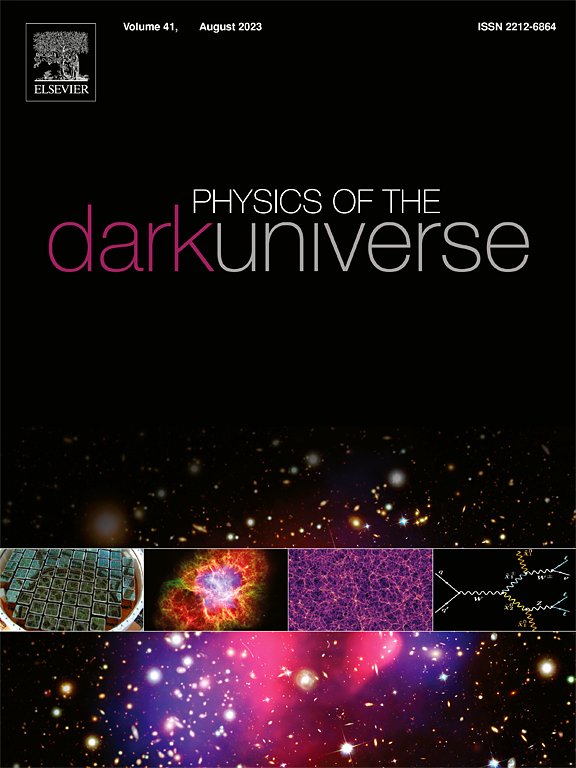Toward gravitational lensing in modified theories of gravity
IF 5
2区 物理与天体物理
Q1 ASTRONOMY & ASTROPHYSICS
引用次数: 0
Abstract
In this study, we investigate gravitational lensing within modified gravity frameworks, focusing on the Hu–Sawicki and normal branch Dvali–Gabadadze–Porrati (nDGP) models, and we compare these results with those obtained from general relativity (GR). Our results reveal that both modified gravity models consistently enhance key lensing parameters relative to GR, including the Einstein radius, lensing optical depth, and time delays. Notably, we find that the Hu–Sawicki and nDGP models yield significantly larger Einstein radii and higher lensing probabilities, especially at greater redshifts, indicating an increased likelihood of lensing events under modified gravity. Our analysis of time delays further shows that the broader mass distributions in these frameworks lead to pronounced differences in high-mass lens systems, providing potential observational markers of modified gravity. Additionally, we observe amplified magnification factors in wave optics regimes, highlighting the potential for gravitational wave (GW) lensing to differentiate modified gravity effects from GR predictions. Through these findings, we propose modified gravity theories as compelling alternatives to GR in explaining cosmic phenomena, with promising implications for future high-precision gravitational lensing surveys.
求助全文
约1分钟内获得全文
求助全文
来源期刊

Physics of the Dark Universe
ASTRONOMY & ASTROPHYSICS-
CiteScore
9.60
自引率
7.30%
发文量
118
审稿时长
61 days
期刊介绍:
Physics of the Dark Universe is an innovative online-only journal that offers rapid publication of peer-reviewed, original research articles considered of high scientific impact.
The journal is focused on the understanding of Dark Matter, Dark Energy, Early Universe, gravitational waves and neutrinos, covering all theoretical, experimental and phenomenological aspects.
 求助内容:
求助内容: 应助结果提醒方式:
应助结果提醒方式:


